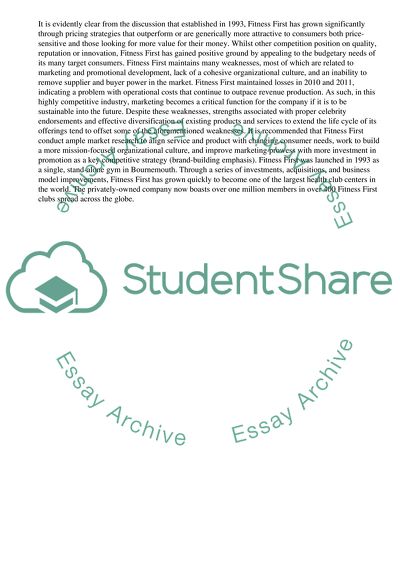Cite this document
(“The Strategies Used By Fitness First To Build and Sustain Competitive Essay”, n.d.)
Retrieved from https://studentshare.org/business/1469064-question-analyse-and-evaluate-the-strategies-used
Retrieved from https://studentshare.org/business/1469064-question-analyse-and-evaluate-the-strategies-used
(The Strategies Used By Fitness First To Build and Sustain Competitive Essay)
https://studentshare.org/business/1469064-question-analyse-and-evaluate-the-strategies-used.
https://studentshare.org/business/1469064-question-analyse-and-evaluate-the-strategies-used.
“The Strategies Used By Fitness First To Build and Sustain Competitive Essay”, n.d. https://studentshare.org/business/1469064-question-analyse-and-evaluate-the-strategies-used.


